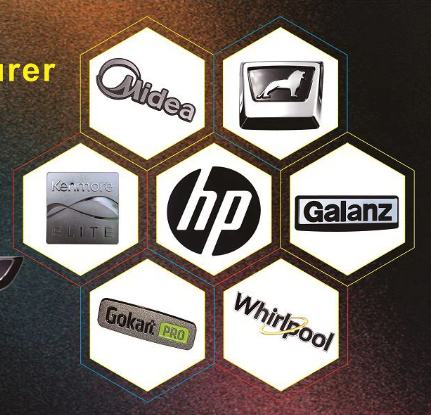NEWS
Metal Logos Beyond Aesthetics
Writer:admin Time:2025-03-19 18:11 Browse:℃

Metal logos do more than look good—they work. In industrial settings, they withstand extreme temperatures, chemicals, and wear. A construction company’s logo on a steel beam must endure decades of exposure, making material choice critical. In contrast, a medical device’s logo needs to be sterile yet reassuring.
The psychology of metal is fascinating. Studies show that metallic finishes convey trustworthiness and sophistication. A bank’s platinum-toned logo suggests security, while a tech startup’s brushed aluminum design implies innovation. Even in digital interfaces, metallic accents guide user attention—think of the glowing “like” buttons on social media.
But metal logos aren’t static. Smart technology is integrating them into interactive experiences. Imagine a logo that changes color when touched or heats up to indicate a notification. These dynamic elements blur the line between branding and utility, turning logos into functional tools.
Cultural symbolism also shapes metal logo design. In some regions, gold signifies wealth, while iron represents strength. A global brand must navigate these associations carefully. For example, a luxury brand might use gold in Western markets but opt for jade-toned metal in Asia to align with local aesthetics.
The future of metal logos lies in hybridization. Combining metals with other materials—wood, glass, or acrylic—creates unexpected contrasts. A logo merging steel and walnut suggests rugged elegance, while pairing titanium with LED lights adds a futuristic edge. This cross-material approach allows brands to tell richer stories.
Yet, the heart of a metal logo remains its ability to transcend time. As trends come and go, a well-crafted metal logo endures, becoming a relic of brand heritage. It’s not just a design choice—it’s a strategic investment in immortality.
CATEGORIES
LATEST NEWS
CONTACT US
WhatsApp: +8615806503075
Tel: +8615806503075
Email: percy@dadonglogo.com
Addr: 7 Tonghe Road, Pingdu, Qingdao
